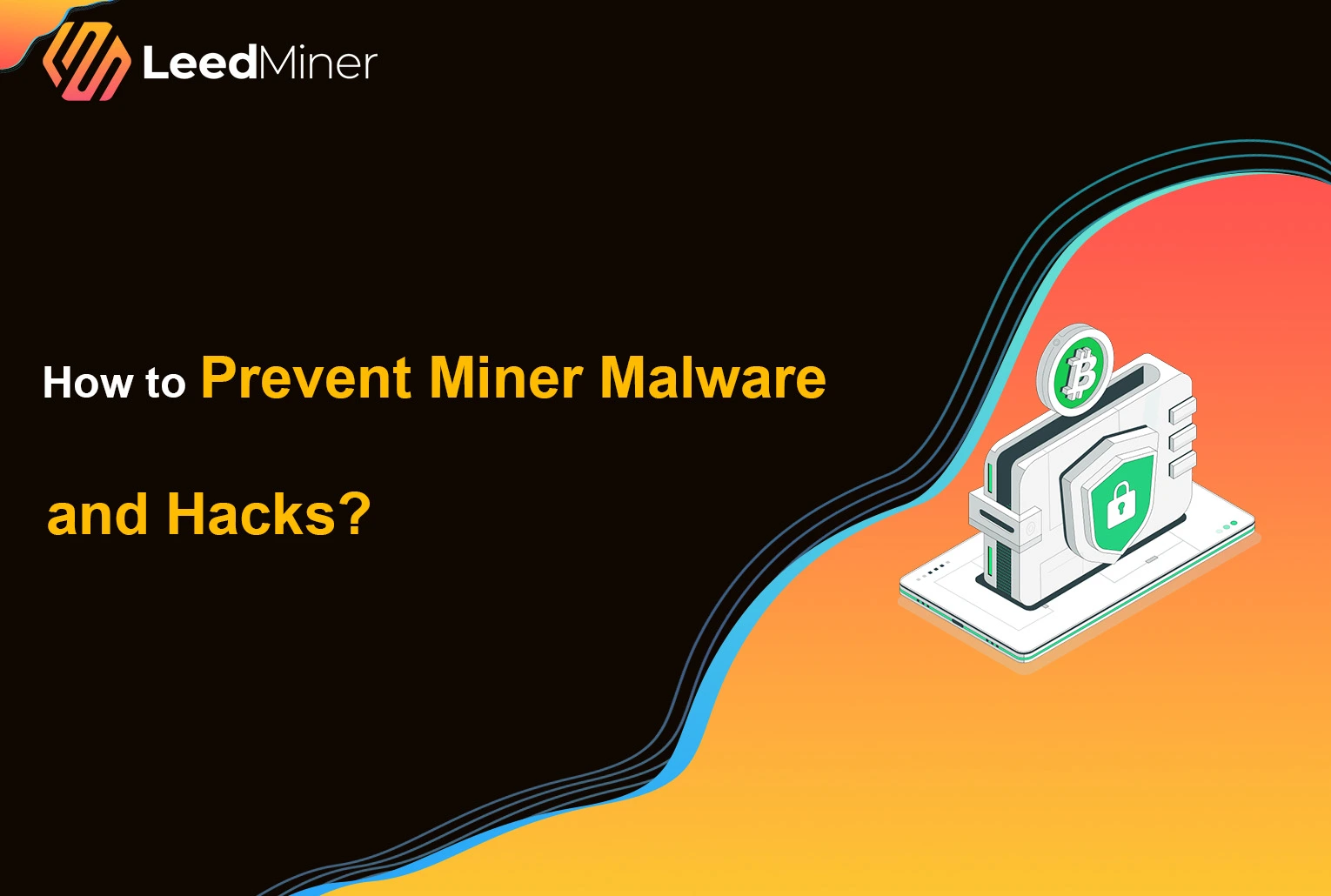SUMMARY
Protecting your mining operation from malware and unauthorized access is just as important as choosing the right hardware. This guide shows how to detect infections early, harden your mining setup, and reduce the risk of costly downtime or financial loss.
Why Are Miners Targeted by Hackers?
Crypto mining rigs are prime targets for attackers. They run 24/7, generate real-world value, and are often managed remotely—making them ideal for silent exploitation. Many miners neglect basic cybersecurity hygiene, leaving rigs vulnerable to firmware backdoors, open ports, and weak credentials.
Why do hackers target crypto miners? Because they can hijack computing power to mine coins for themselves, often without the victim noticing.
Common Signs Your Rig Might Be Infected
Not sure if your setup has been compromised? Watch out for these red flags:
- A sudden drop in hashrate with no hardware change
- Increased power draw with no added performance
- Unexpected access via SSH or open web interfaces
- Antivirus or firewall alerts on mining controllers
- Logs showing strange DNS queries or traffic to unknown pools
How do I know if my mining rig is hacked? Common indicators include reduced performance, higher power bills, strange log activity, or changes in network behavior.
Only Use Clean Firmware from Trusted Sources
Malicious firmware is one of the easiest ways for hackers to embed malware. Always download firmware directly from the official website of the manufacturer (Bitmain, Whatsminer, Goldshell, etc.).
- Don’t trust “performance-boosted” firmware from random Telegram groups
- Verify checksums when provided (e.g., SHA256 signatures)
- After flashing, always change default access credentials
Isolate Mining Rigs from the Rest of Your Network
Keeping your miners on a separate network segment reduces the chance of lateral infections.
- Use a dedicated VLAN or subnet for all mining equipment
- Disable remote SSH access unless absolutely necessary
- Restrict both inbound and outbound network traffic using firewalls
Should I isolate my mining network from the internet? Yes—use firewall rules to limit access and monitor all connections.
Regularly Update Firmware and Monitor Logs
New firmware patches often fix vulnerabilities before they are exploited. Skipping updates exposes you to known threats.
- Set reminders to check for official firmware updates monthly
- Use platforms like Hive OS or Minerstat to monitor logs and alerts
- Check system logs weekly for signs of tampering or anomalies
Set Strong Passwords and Enable 2FA
The easiest way to get hacked is by keeping the default password.
- Use a random password generator for pool accounts and rig interfaces
- Enable two-factor authentication (2FA) wherever possible
- Rotate pool credentials every few months
How do I secure my mining accounts? Use complex passwords, enable 2FA, and never reuse credentials between wallets, pools, and platforms.
Protect Your Wallet and Pool Credentials
If someone gains access to your mining pool account, they can redirect earnings. If they access your wallet, they can drain it.
- Store wallet seeds offline (use paper or hardware wallets)
- Never input private keys or seeds into any web form
- Set up payout address locks on pool dashboards when available
Disable JavaScript on Untrusted Websites
Some mining malware spreads via browser-based drive-by downloads using JavaScript exploits.
- Use extensions like uBlock Origin or NoScript to block JavaScript
- Avoid downloading tools or scripts from forums unless verified
- Stick to official resources and block suspicious sites at the DNS level
Can visiting a website infect my miner with malware? Yes—JavaScript-based attacks can install mining trojans if you visit compromised websites without protection.
Use a Mining-Focused Firewall or DNS Filter
Advanced users can block known malware domains and miner hijack attempts with dedicated firewalls or DNS filtering tools.
- Pi-hole: Open-source DNS filtering to block ads and malware
- Custom firewalls: Use MikroTik or Ubiquiti to enforce port and IP policies
- Subscribe to threat feeds for miner malware IPs and domains
CONCLUSION
Securing your mining rigs is not optional—it’s essential. A single malware infection can reroute your profits or disable your operations entirely. By staying vigilant, updating regularly, and following best practices, you can keep hackers out and your earnings safe.
If you’re using older machines, consider combining security upgrades with hardware upgrades to future-proof your operation.



